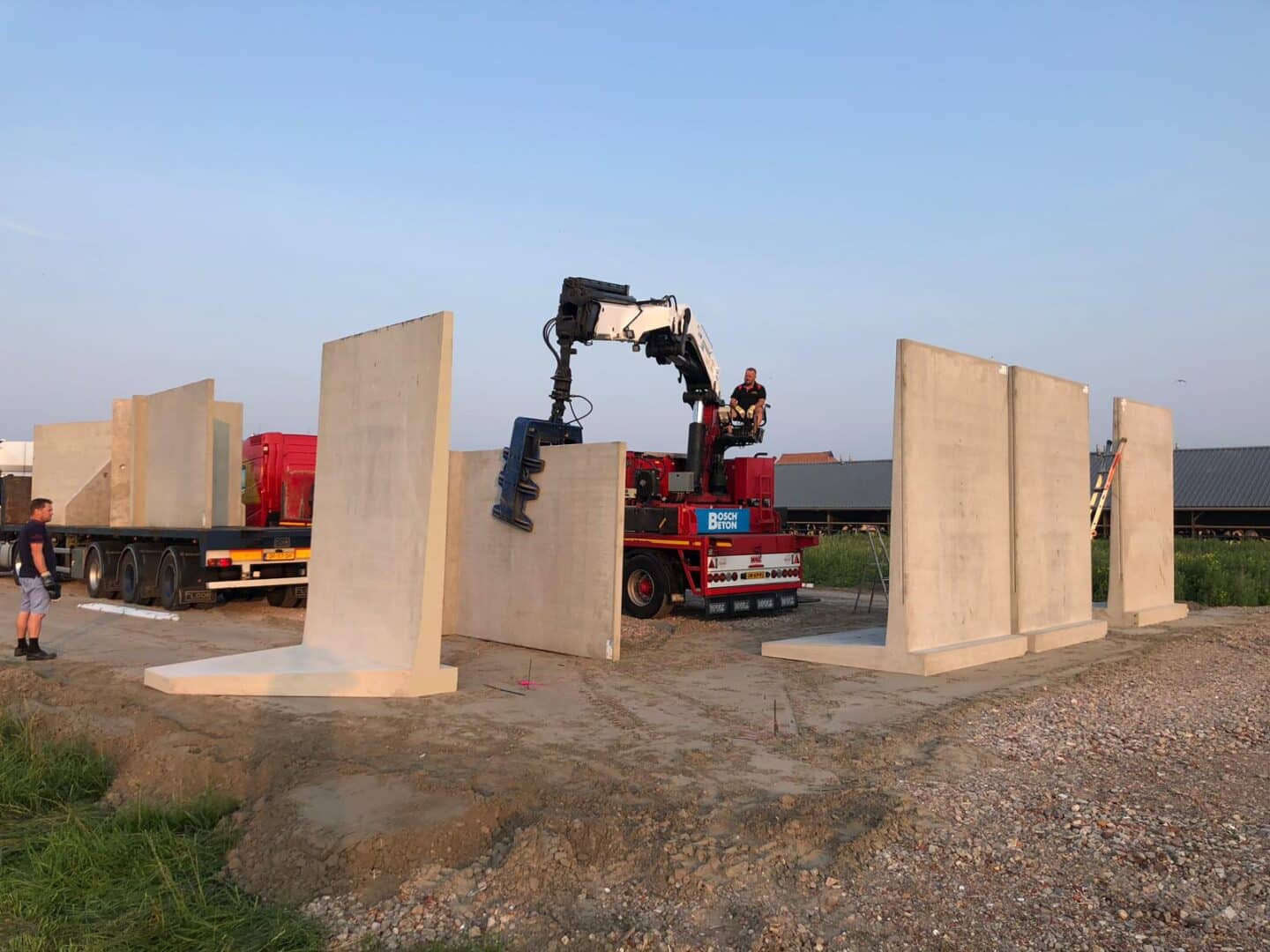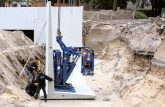Project preparation and placement
Our Project Preparation department is on hand to offer additional support for big projects. They then visit the building site in advance and coordinate all details with the site construction manager. This includes where the project will start, what delivery sequence we should follow and what preparations are needed beforehand. They use this information to devise a delivery plan to guarantee sound and safe retaining wall delivery.
Preparation
We discuss the delivery preparation (view the one-minute video) with our customer to ensure smooth and satisfactory wall placement on site. Our team gives clear instructions for this. For example, the unloading point must be accessible and easy for transport to drive on. Sound preparation of the substrate is important for correct wall placement and project progress.
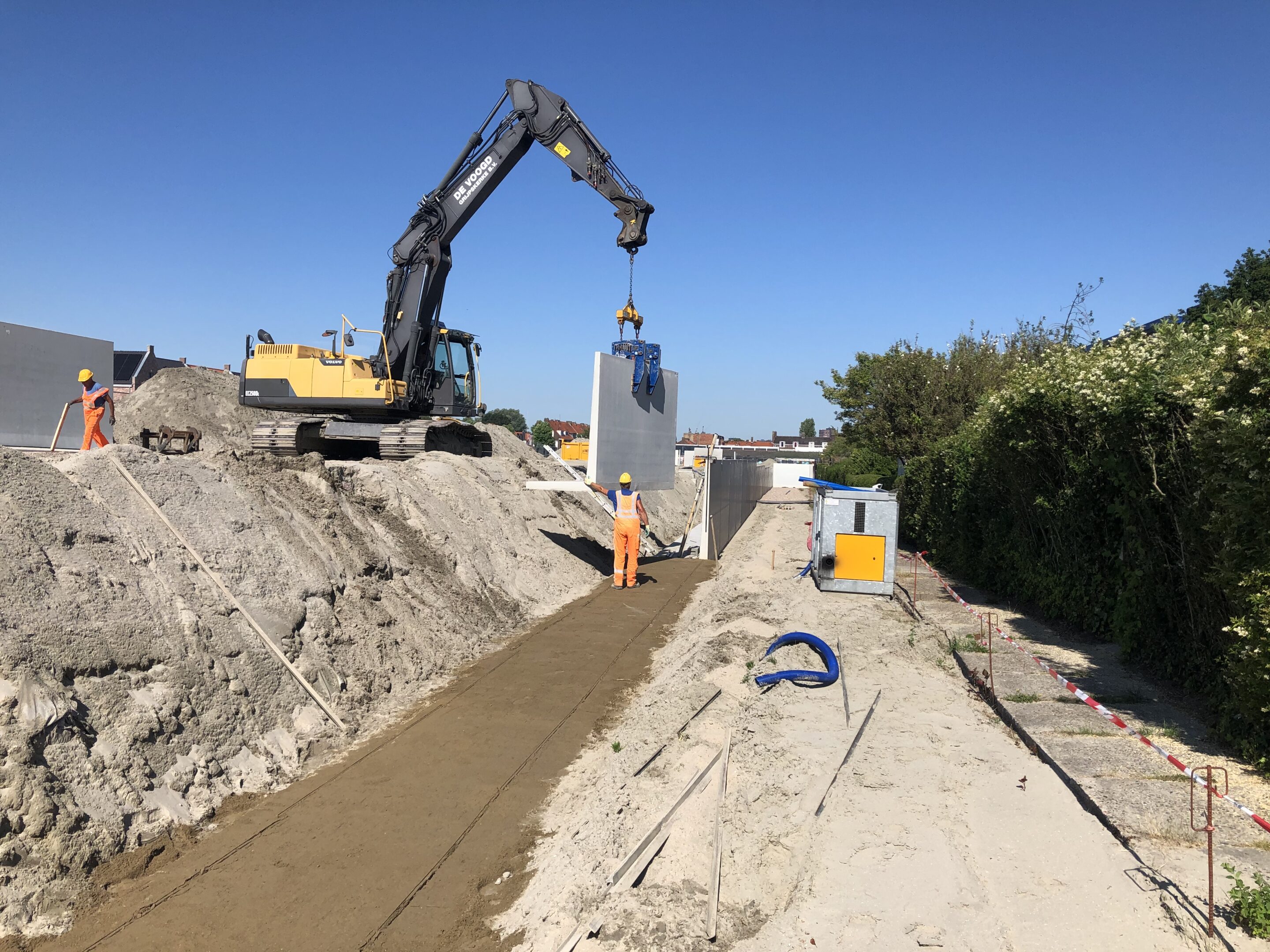
Planning & Logistics
The Planning & Logistics department takes care of all outgoing transport so that our retaining walls reach our customers in the most efficient way possible. The team also makes delivery arrangements, instructs and supervises drivers and monitors stocks and delivery times. We work with regular and experienced drivers to place our retaining walls.
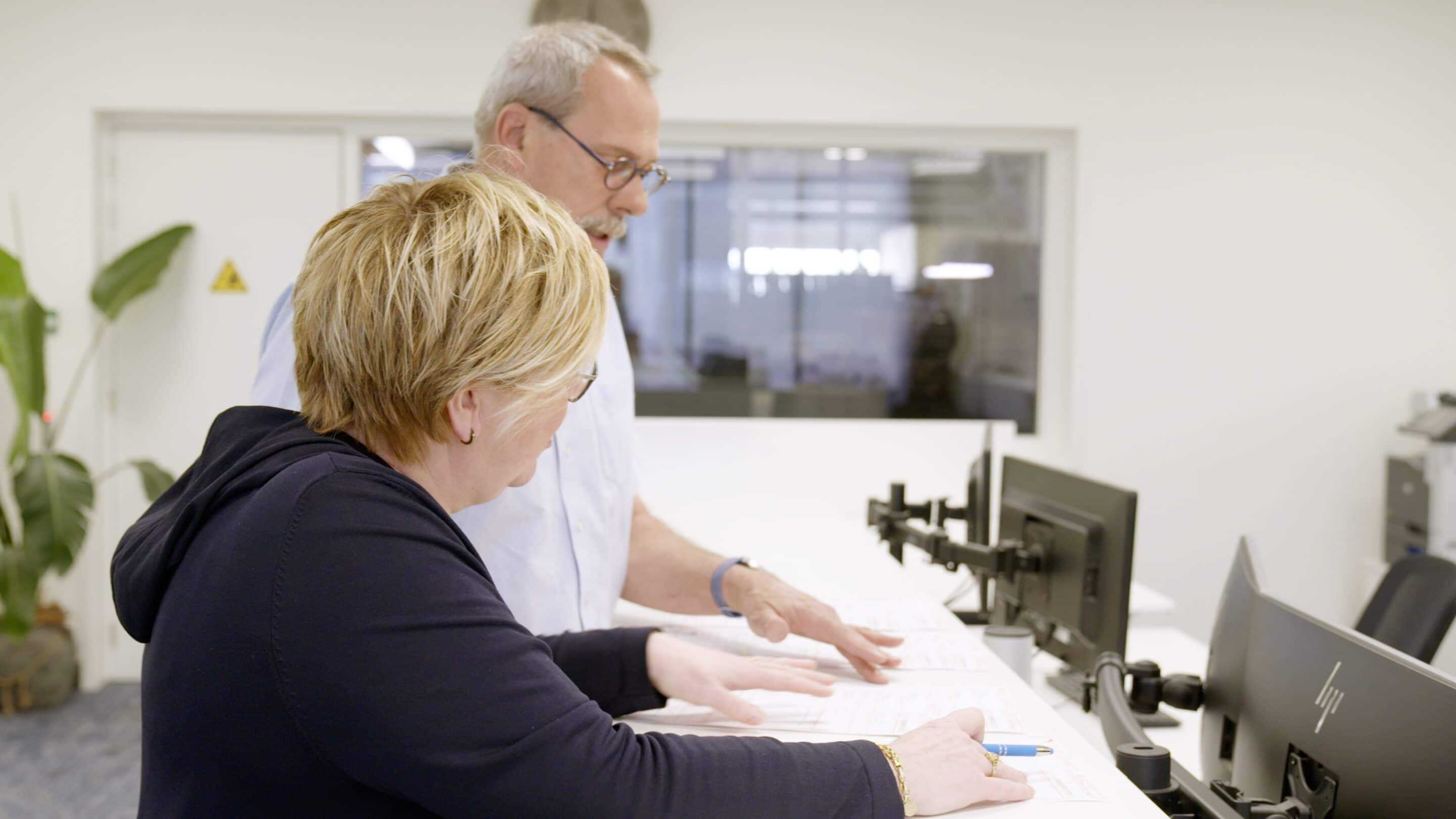
Placement options
- Directly from the truck
- Yourself using a suitable clamp
- Via telescopic crane and a hydraulic vacuum clamp
Our retaining walls do not include hoisting elements as standard. On request, we can include these when pouring the retaining walls. We work with regular carriers who provide the delivery trailers. We also work with regular and experienced placement drivers who place the walls from their own mobile crane. The placement driver is your point of contact during delivery and oversees the entire delivery and acceptance up to the last delivery trailer. He holds a valid VCA (SCC) and hoisting certificate. One hour’s placement time is included as standard.
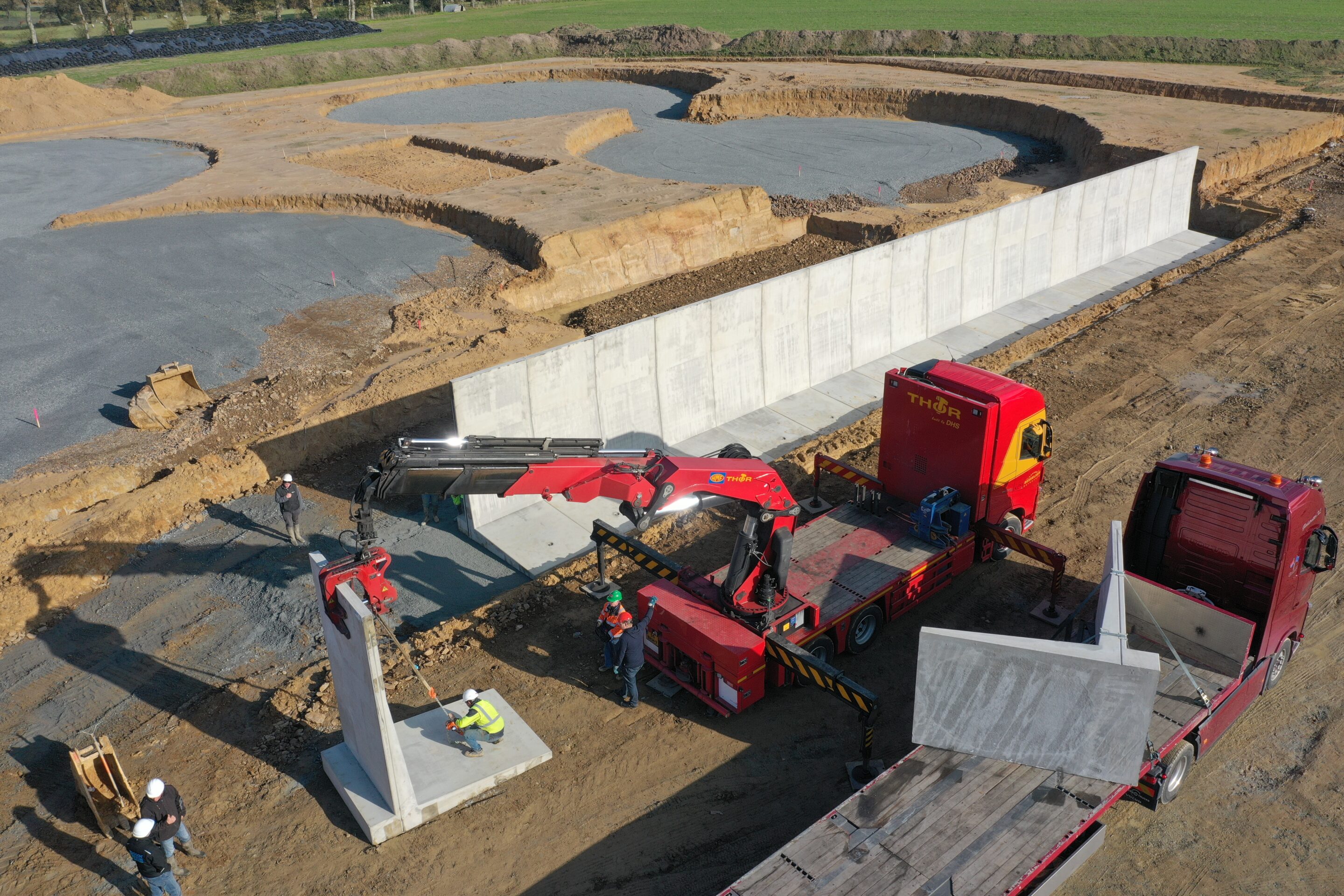
Placement directly from the truck
Placement directly from the truck is the most advantageous as it avoids additional unloading and storage operations and guarantees faster placement. Sound preparation of the substrate is important for correct wall placement, as is the presence of an additional qualified staff member to assist our driver on site. It is important that the unloading site is readily accessible along paved roads and is easily passable for a six-axle truck with a maximum total weight of 50 tonnes and a maximum axle load of 12 tonnes per axle. There must also be sufficient space to extend the mobile crane’s outriggers. This placement method is not suitable for deep placement of retaining walls.
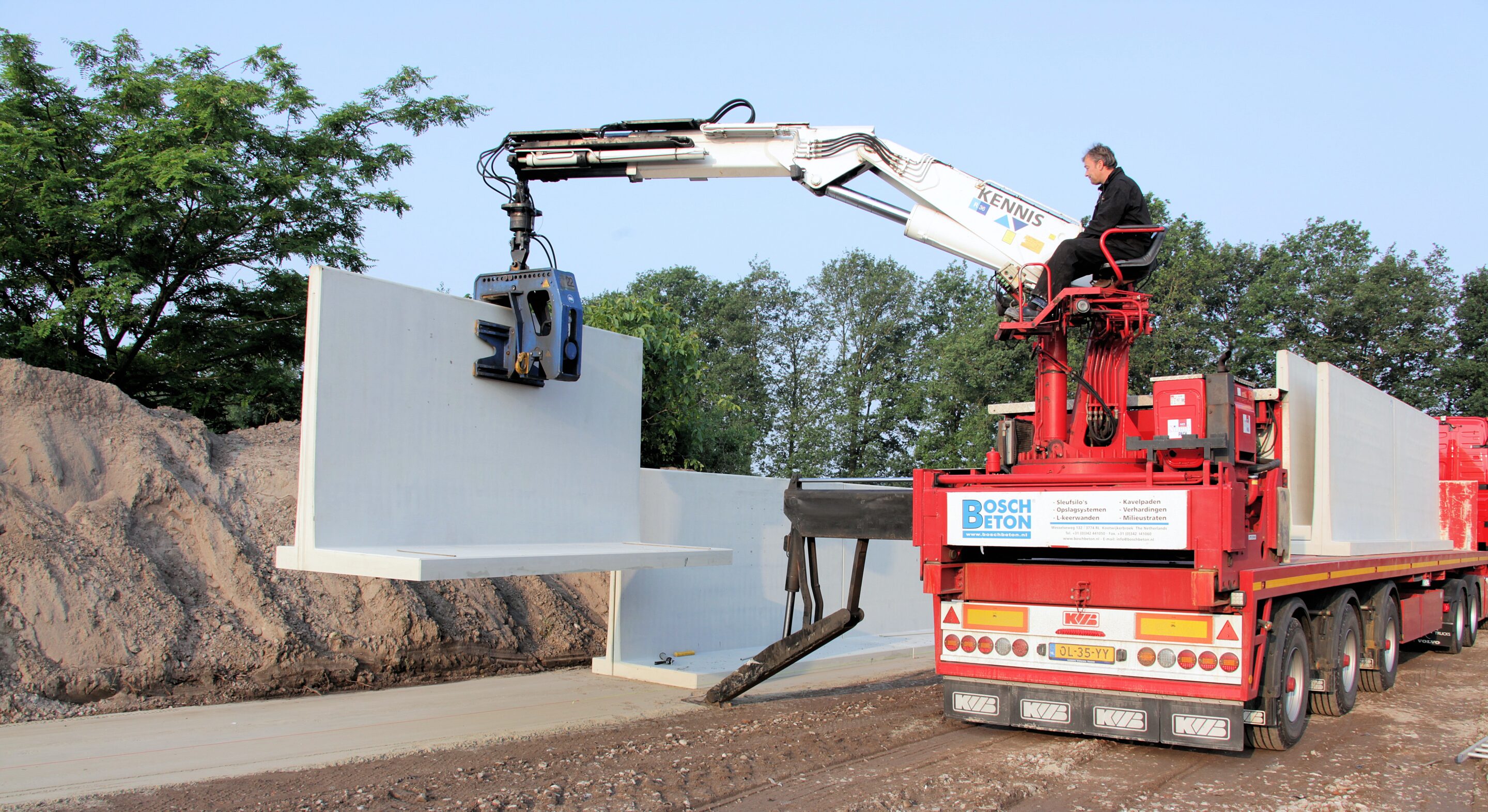
Placement using a clamp
You can place the retaining walls yourself using a clamp. For example, if the site is inaccessible for our truck, or the client wishes to carry out the placement themselves for other reasons. Our retaining walls do not include hoisting elements as standard. You can hire a suitable mechanical or hydraulic clamp, depending on the type and weight of the retaining wall that you wish to place. This clamp is easy to attach to a crane, shovel or dredger. It is important that the maximum liftable weight of the clamp and crane matches the weight of the retaining wall. The retaining wall weight is stated on the retaining wall sticker. Responsibility for suitable placement equipment and safety during execution lies with the client. Any damage incurred during placement is at your own expense.
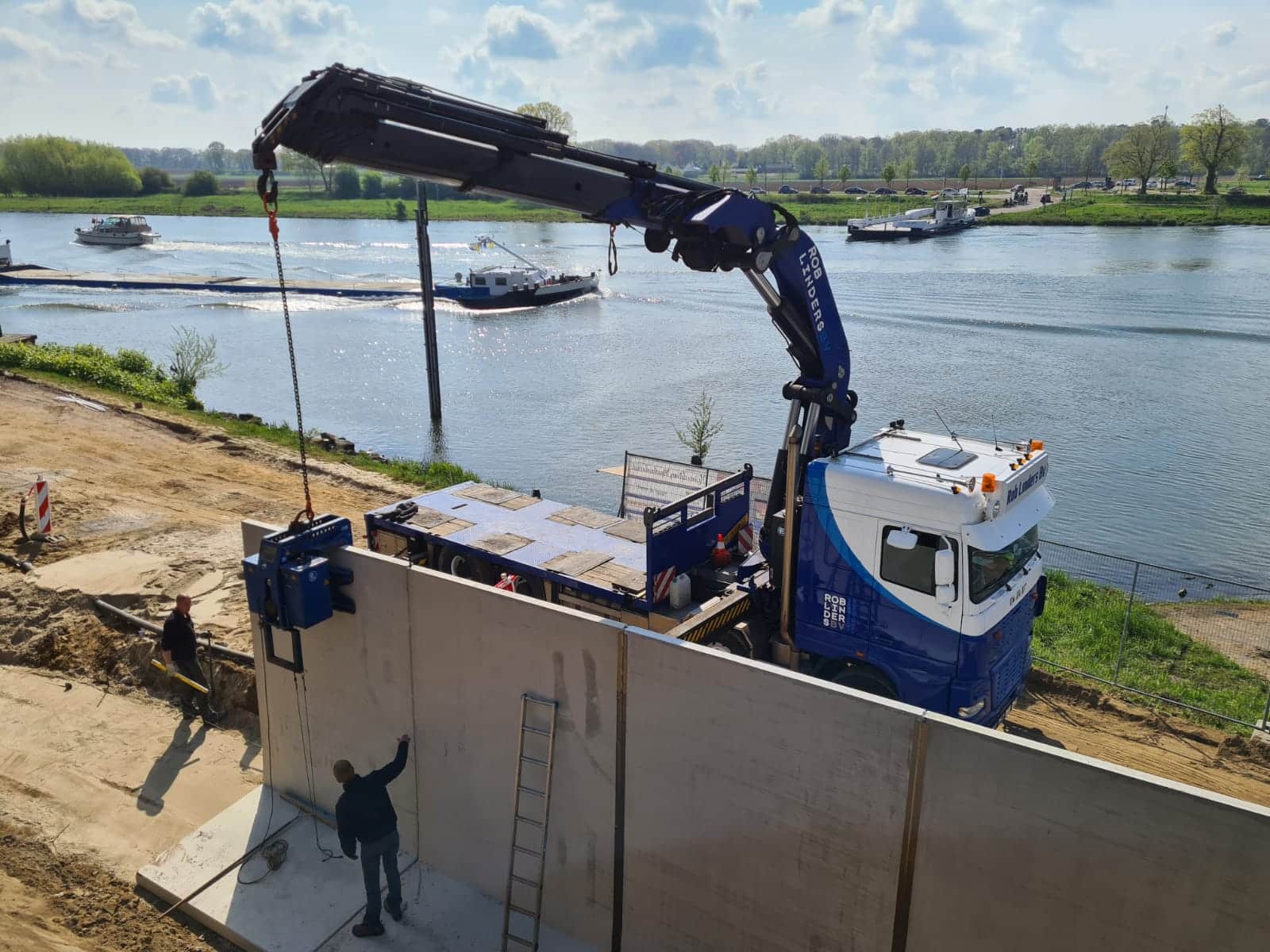
Placement via telescopic crane and hydraulic vacuum clamp
We transport walls higher than 3 metres sideways because of their size. On site, we use our specially designed hydraulic vacuum clamp and/or a mobile crane to tilt the retaining walls. The hydraulic vacuum clamp enables tilting to take place during the placement operation, which again saves construction time. For safety reasons, professional hoisting assistance is always available on site to operate the clamp during such placement. Assistance is only provided if we can place our walls on a sub-structure that has already been properly prepared by the client. The assistants work under the direction of the general foreman and the building rules that apply on site.
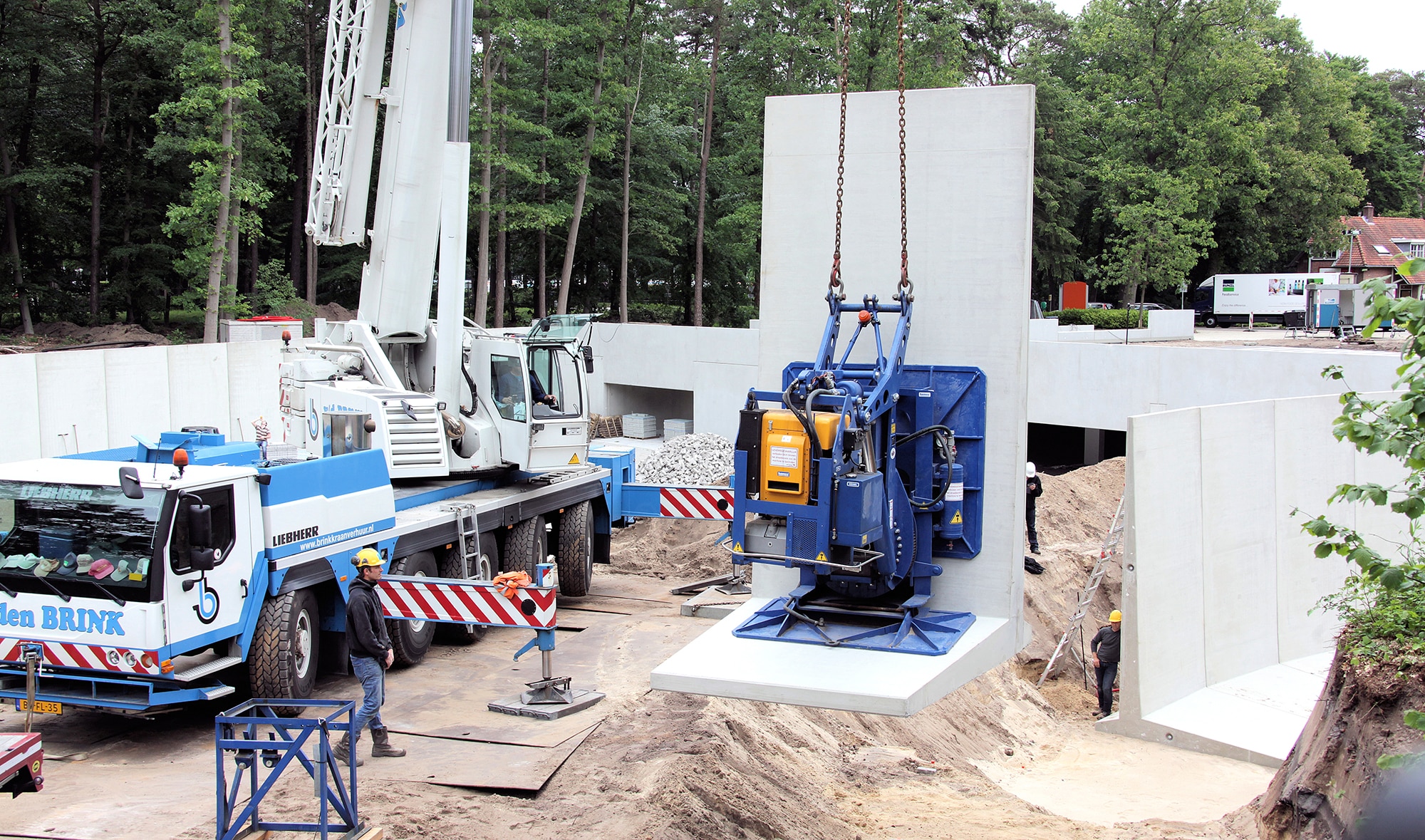
Our latest projects

Retaining walls as foundation for sound barriers along the N206
Bosch Beton increasingly more often is being approached for supplying retaining walls for sound barriers along motorways. Thus it was also approached for the construction of the RijnlandRoute near Katwijk.
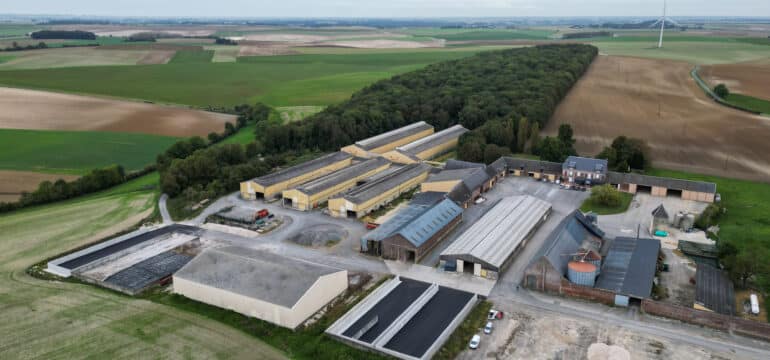
Three new silage clamps for a bull breeding farm in France
A bull breeding farm in the French region of Picardy was looking for an expansion in roughage storage to provide its growing number of bull calves with sufficient roughage throughout the year.

Retaining walls enrich Fraxern mountain village in Austria
In the Austrian state of Vorarlberg, local contractor Andreas Lins became familiar with Bosch Beton retaining walls around 2016. Since then, many houses and gardens in the region have been enriched with a solid retaining wall solution from Bosch Beton.
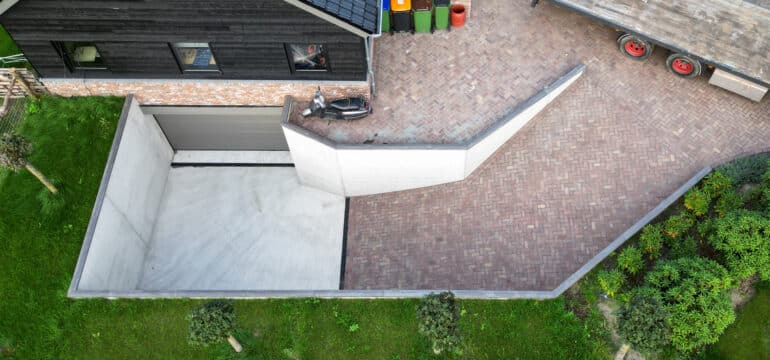
Retaining walls create solid ramp for underground garage
In addition to building a new home, the owner of a new construction project at the Zonneoordlaan street in Ede also decided to build a workshop with an underground garage.

Future-proof metamorphosis for tennis and padel club in Zeist
Shot tennis and padel club in Zeist has grown substantially in recent years. Through renovations and expansion of the entire park, they have realised a sustainable and future-proof sports park, in cooperation with Tennis Totaal. Bosch Beton supplied L retaining walls to bridge height difference around the courts.
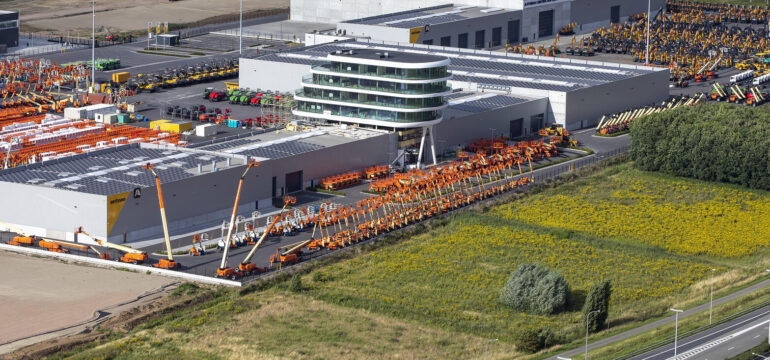
Retaining walls form a safe machinery storage area in Belgium
The Aertssen Group headquarters are located in the port of Antwerp, on Waasland logistics park. This prestigious family company first started using its brand-new premises for its Transport & Logistics division in late 2020. They wanted to screen off one of their storage areas and approached Bosch Beton to create high-quality terrain fencing for their extremely valuable stock.
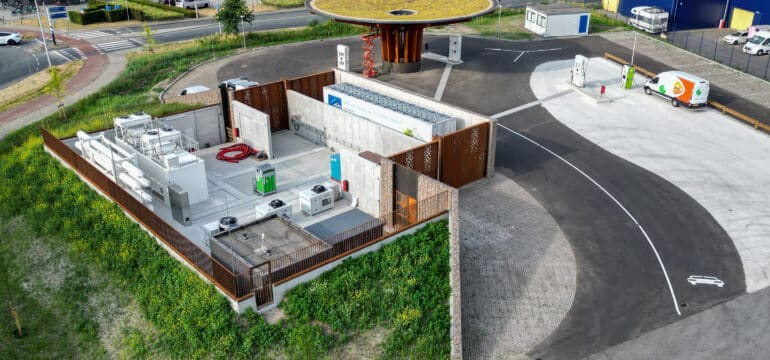
Custom retaining walls for the first hydrogen refuelling station of the Netherlands
Fountain Fuel’s first hydrogen refuelling station opened in Amersfoort this year. Contracted by VMV Projecten Renswoude, Bosch Beton delivered custom LR retaining walls and L retaining walls that serve as a barrier.
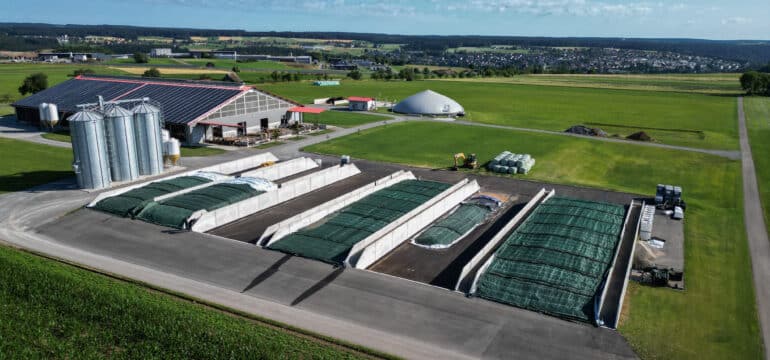
5,600 m3 of forage storage for circular livestock farm in the Black Forest
The Hammer family started constructing a completely new farm on the outskirts of Egenhausen, in the German state of Baden-Württemberg in 2018. This laid the foundation for a truly future-proof farm. They chose 6 Bosch Beton silage clamps for their roughage storage.
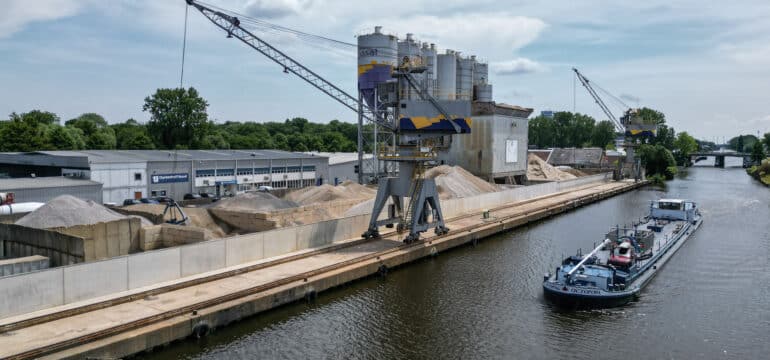
Multi-functional terrain fencing creates sleek look
The neighbourhood around Dyckerhoff Basal Nederland concrete company is undergoing major changes, which is why they decided to upgrade the look of their premises on the business park. Bosch Beton supplied L retaining walls with heel to create terrain fencing and storage, giving the site a stunning, sleek look.
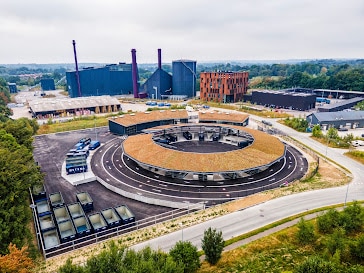
Retaining walls form the basis for a new Danish recycling plant
Construction company NCC Danmark A/S used a huge number of retaining wall elements to construct a large and modern recycling plant in Helsingør, Denmark.
Installation in practice


